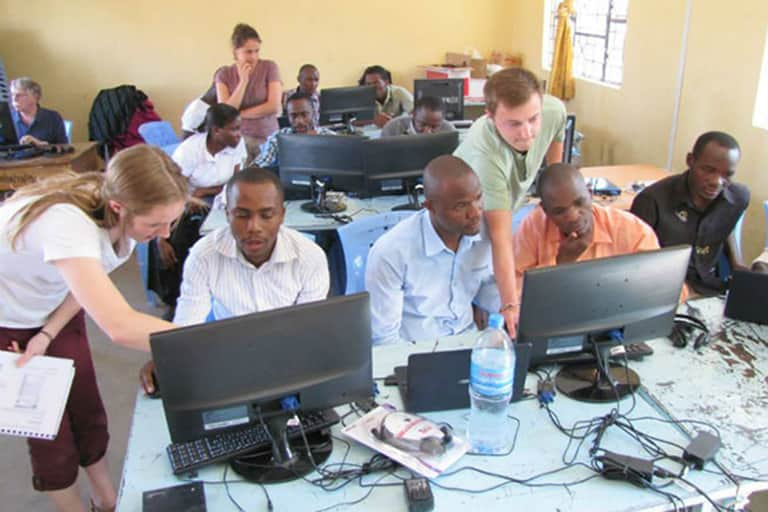Experiential learning is central to the college’s undergraduate mission. In a world in which technology, media, methods and processes of communication are in constant flux, we are faced with increasing demands on skills that should be included in the curriculum. Despite our best efforts to keep with the changes in our curriculum, there is one constant that experiential learning is integral to flesh out the student experience.
While preparing the strategic plan, which is still in draft form, I am convinced that all students in our college should have at least one rich, experiential learning encounter before they graduate. However, in a college with more than 3,200 undergraduate students, an experiential learning guarantee may be difficult to meet.
One would think that all students would automatically seek out such opportunities. Unfortunately, while most of our students leave the college with at least one such experience, this is not a given among all students. Imposing this as a requirement may not be the solution either. By making experiential learning a requirement, we force unwilling students into career opportunities for which they are not prepared. Further, the onus falls on our career services office to identify opportunities, which students should be doing on their own.
However, through creative problem-solving and enterprise, I would challenge our faculty and staff to strive to ensure that all students in our college have at least one option, be it a field experience, internship, study abroad, study away, service learning, research or creative project. Karin Hanson, Director of Employer Relations and Professional Transitions, and Ann Hoffman, Assistant Dean of Undergraduate Studies, are working on a plan to increase experiential learning opportunities in ComArtSci.
To inspire our students to participate in experiential learning, let me highlight a few student experiences. Journalism sophomore Hanna Sprague recently parlayed a job-shadowing opportunity into a job as Field Director of the Detroit Tigers Foundation, through a connection facilitated by her professor, L.A. Dickerson. Samantha Kaufman, a senior in advertising, took a copywriting internship with a retailer last summer, which opened the door for a copywriting job with Target this year right after graduation. Or take Megan Dutcher, master’s student in Communicative Sciences and Disorders, who is an intern in Dimondale Elementary School, Holt Public Schools, working with a supervisor to offer speech and language services to students in order to hone her clinical skills.
Internships are not the only vehicle of experiential learning. Over spring break, a group of students went to New York City to learn about advertising and public relations from our illustrious alumni in the Big Apple. How about another group of students who deployed an Internet-enabled, solar-powered computer system in an elementary school in a remote village in Tanzania?
This is only a small sample of experiential learning at ComArtSci. As a community, let’s commit to increase availability and accessibility to our students through investments in the engine of opportunity that is part of our Capital Campaign. Imagination is a wonderful thing. Let’s imagine new ways to create and invest in experiential learning in ComArtSci.
By Prabu David
